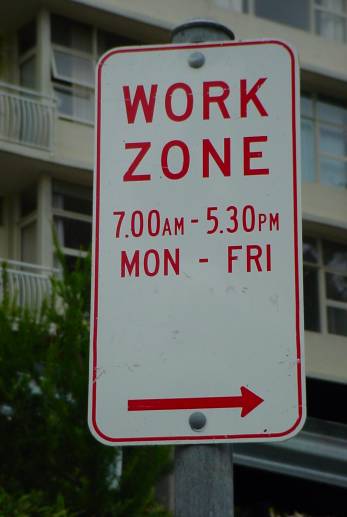
Work, business & professional services
Trust at work
75% of American companies monitor employee's email and 30% track keystrokes and the amount of time employees spend on their computer. Monitoring employee activity is nothing new - Henry Ford created a 'sociological department' to assess whether his employees gambled or drank at home - but it is becoming more common and more pervasive thanks to technology that makes it easier to capture, store and search information. For example, at some call centres the length of all conversations is monitored (along with content) as are the duration of lunch and toilet breaks.This makes micro-management and control relatively easy but, according to recent research, it can also make employees ill. People who are monitored too much or too closely tend to be more prone to conditions like stress, depression, anxiety and exhaustion. Moreover, high levels of monitoring tends to reduce trust which itself influences productivity. In a survey conducted for KPMG earlier this year half of workers said they didn't trust their bosses, while an earlier poll by Mercer Human Resources found that 40% of staff didn't trust their line manager. Of course not all workplace monitoring is bad. Drug testing in the US is widely endorsed by employees because it makes the workplace safer and capturing emails can be useful if you want to defend yourself against a later lawsuit. Moreover, in Australia the new Workplace Surveillance Act makes surveillance by email, CCTV or tracking devices illegal unless there is reasonable suspicion of wrongdoing. However, in most other countries the law is lagging behind technological developments. Watch this area closely because as work becomes more mobile and fragmented (eg people working at home) the issue of trust will become vitally important. What's more, once trust is lost it's very hard to get it back.
Ref: The Guardian (UK) 24 September 2005 ' Crisis of faith', I. Wylie. www.guardian.co.uk
Impact of Generation Y
In Australia, 65% of Gen Y students change university course in the first year according to a Manpower survey. But does this mean Gen Y are decisive, indecisive, easily disappointed or just obsessed with change? Nobody at this stage seems to want to hazard a guess (indecisive?). So what about the characteristics of Gen Y employees who are entering the workforce for the first time? Definitions of Gen Y vary but they are generally considered to be those born between 1978 and 1994 and they have certain traits in common. First they have never witnessed a real recession or insecurity so they tend to be confident about the future and the availability of jobs. Second, they have grown up with rapid technological change and this makes them expect both change and speed as a matter of course. Hence they get bored easily and have no loyalty to organizations. On the negative side, critics argue that Gen Y are self-absorbed, naive and idealistic but this criticism could be laid at previous generations too. What does seem to be true is that so long as the current economic boom continues, flexible working (where, when and how), creativity and opportunity is what Gen Y will want. Whether Gen X is prepared to give it to them remains to be seen. By the way, moving off on a bit of a tangent (but not much) we hear that KPMG is sending out acceptance and rejection 'letters' via text messages. Apparently Gen Y like it because it's quick - although one suspects that it might also have something to do with fear of rejection.
Ref: The Australian (Aus) 20-21 August 2005. 'Gen Y here and now', L.Hoffman. www.theaustralian.com.au See also Generation Y: thriving (and surviving) with Generation Y at work by Peter Sheahan.
The merger of work and home
Three years ago Australia Post faced ridicule for trying to impose a AUD $6,000 fine on a call centre worker who had three, rather than the permitted two, framed photographs on her desk. But as people work longer and harder, they are increasingly attempting to personalise their workspaces. Moreover, work and home are starting to merge physically as the look of the home (sofas, fridges, microwaves, showers etc) finds its way into the design of office spaces, while simultaneously the functionality of offices is being transferred to the home with people taking mobile phones and laptops home and building home offices for weekend or part -time work.
Ref: Sydney Morning Herald (Aus) 27-28 August 2005. ''The office is so nice to come home to...'A.Clark. www.smh.com.au
